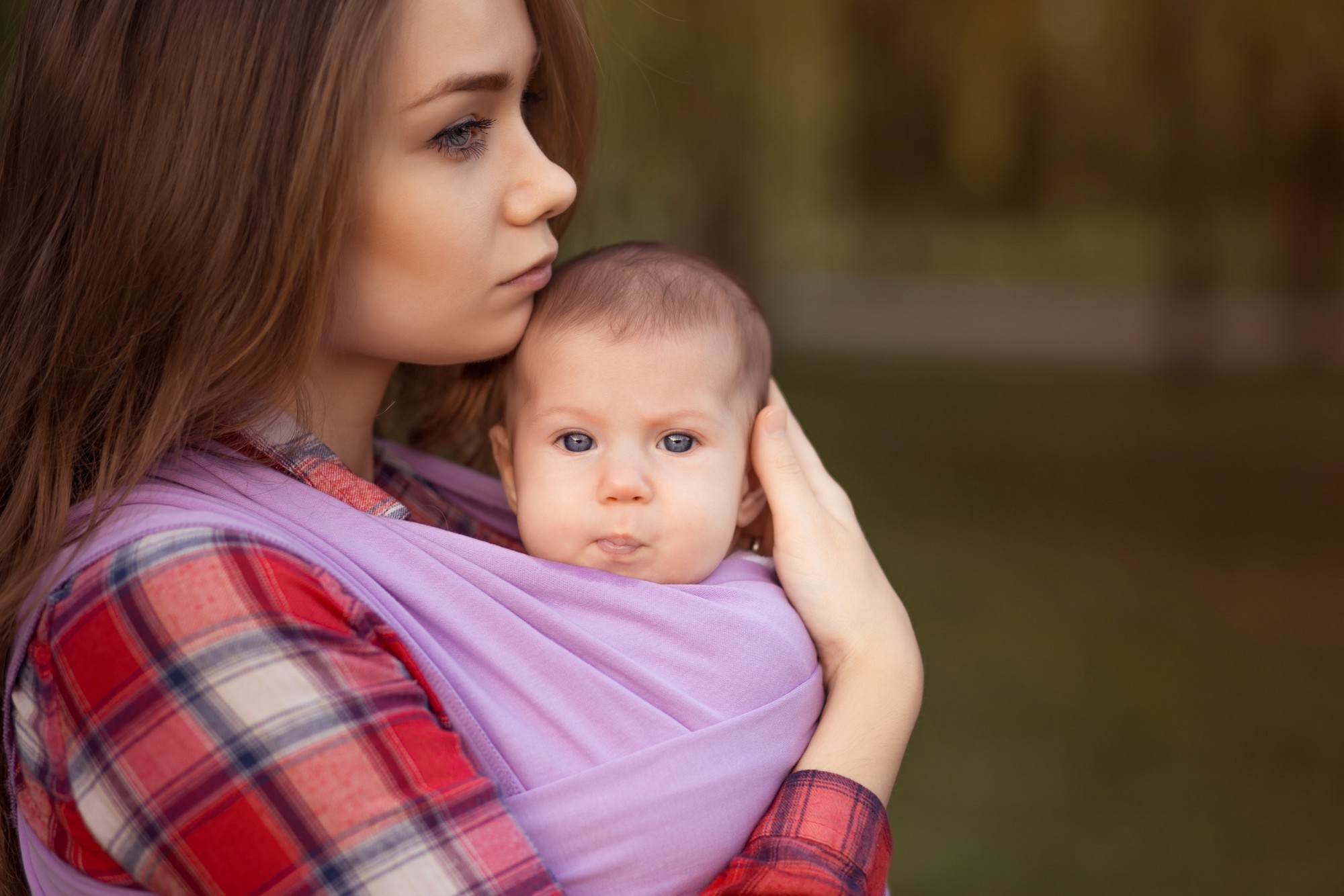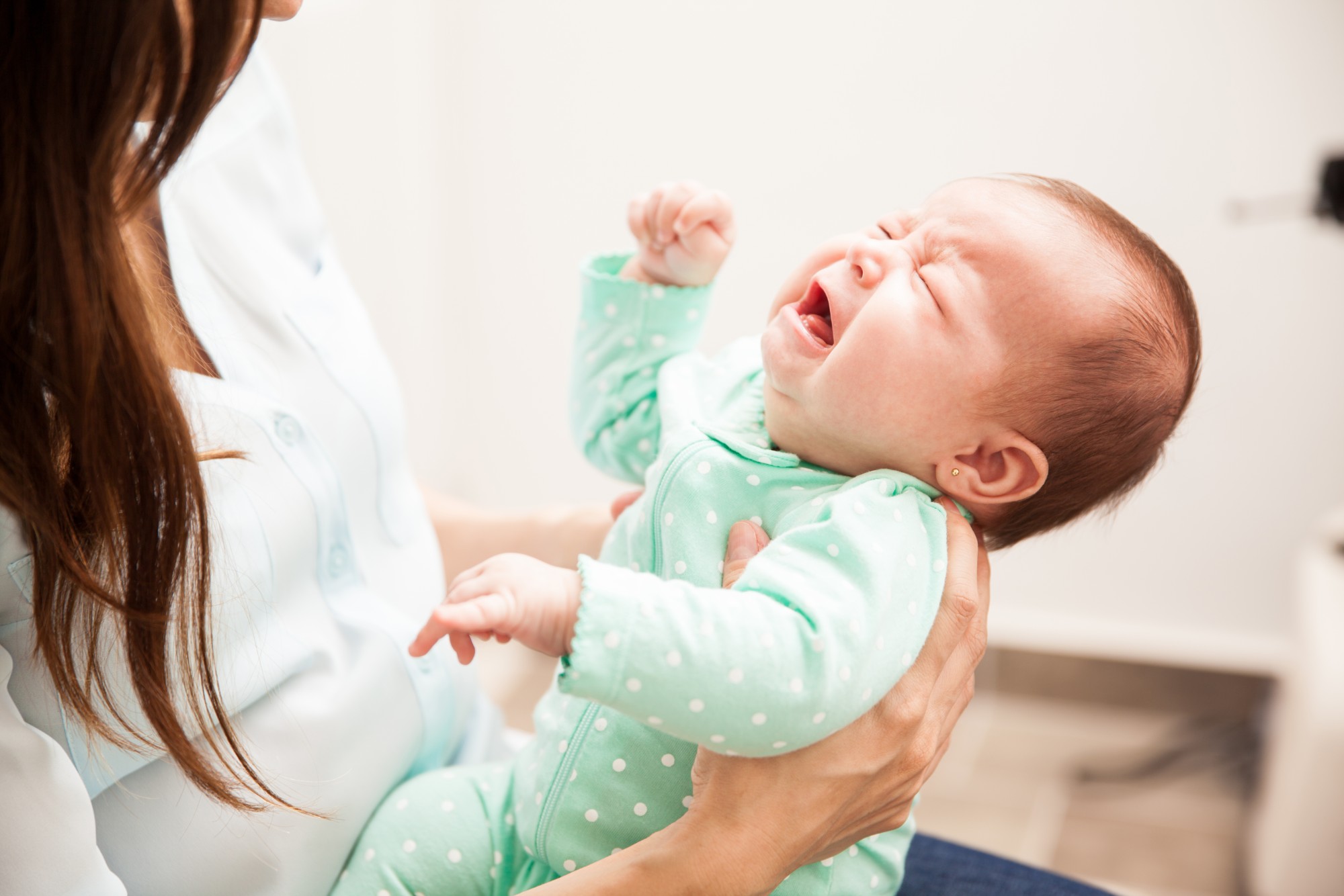
How Do I Fly With My Baby?
Do you need travel tips? I’m often asked by new parents how to prepare for flying when they are about to travel by plane for the first time with their baby. A common question is… “How do I avoid my baby from crying on a plane?”
Babies tend to feel the most pain from the pressure of takeoff and landing. This is because the Eustachian tubes in their ears are much smaller. The act of swallowing helps to clear them, but they don’t know how to “pop” their ears like older children or adults. Nursing or sucking on a bottle can help as swallowing relieves the pressure in their ears, relieving pain caused by the inflammation from the pressure, thus relieving tears.
Nursing will give them the most relief as they’ll be held even closer to you, feeling your warmth, and receiving all the oxytocin or “love” hormones from your breast which then helps relax them further. Receiving a bottle can help as well. However, typically mothers find it more effective to calm their baby during takeoff and landing by nursing. A pacifier isn’t as effective, but it can also help.
Babies may still cry loudly because of the pressure. Another travel tactic takes a bit of teamwork, but it can help. You can ask a flight attendant for two cups and napkins prior to takeoff. Crumple napkins inside each cup and place each cup over both of baby’s ears (this works well for both younger and older children’s ears, too) when taking off/landing. This creates a “vacuum” and helps relieve pressure. This cupping helps that, and it may be a team effort of one parent holding the cups on the ears during take off and landing, while the other parent breastfeeds/pacifies.
To create a calm environment for your baby, you can wearing a nursing cover or blanket as well. In addition to providing privacy, it will create a dark atmosphere so that your baby isn’t as overstimulated by the movement of the cart going down the aisle on top of the already loud engine, service bell alerts, or a conversation someone is having the next row or even the next seat over.
Methods to keep your baby’s stimulation down are ideal. Think sensory. Everything that triggers your own ears triggers hers much more loudly. The bright florescent lights are brighter to your baby than they are to you. If you’re cold, your baby is colder. Bring a blanket, booties, hat, and swaddle your baby so they feel a boundary and feel safe.
Packing for Your Flight
Now let’s back up and talk about packing for your flight. Prepare large-sized resealable zipper storage bags: 1 bag for 2 burp cloths, 1 bag for an extra swaddle, 1 bag for an extra onesie, 1 bag for hand sanitizer in case it leaks, 1 bag for extra diapers, 1 bag for a wipes carrier, 1 bag for extra pacifiers, and 1 bag for diaper bags (think the small disposable trash bags like doggy poo bags). Have all of these zip-top bags in your diaper bag on the plane, plus 2 extra empty zip-top bags in case any clothes are spoiled and you can use the empty bags for holding dirty laundry.
Bring your portable white noise sound machine and extra batteries, rechargeable batteries, the rechargeable battery charger, etc.
Planning Seats
If an airline requires you to purchase a ticket for your infant, make sure to reserve two seats together, ideally near the aisle so changing diapers and using the restroom are easily accessible. As a general tip, first row seats and emergency exit rows are not suitable for passengers with infants.
Trying to decide if you should buy an extra seat? Think about these travel tips: your diaper bag is considered a personal item, not a carry-on. Your baby usually flies free on your lap. However, if you paid for a ticket for your baby, meaning your baby has a seat on the plane, then they also get a carry-on and personal item bag allowed through.
Arriving To The Airport
When you arrive at the airport, you still need to go to the desk to let them know you are traveling with a child under the age of 2, present their birth certificate, and they will give you a voucher for your baby which will be used as their ticket. At this point, you can check any bags you need and then head to security. Sometimes they don’t ask for your baby’s birth certificate, and sometimes they do.
Some agents may not allow your baby entry with just a mobile boarding pass so print your hardcopy boarding pass as a backup.
Avoiding Colds and Germs
Stay hydrated and drink lots of fluids, especially if you’re breastfeeding. As you probably know, the air that is being circulated is not well-ventilated. Some methods to stay hydrated and guard yourself against colds/viruses/flu include drinking coconut water, apple cider vinegar, Fire Cider, rosehip tea, taking a Vitamin C supplement or elderberry syrup, etc. Prepare these travel tactics a few days to a week ahead of your flight so you can bulk up your immunity. Remember to hydrate on the way to the airport. Bring your hand sanitizer. You are going to sanitize, sanitize, sanitize your hands.
Flying with Breastmilk
For breastfeeding mothers, remember that the regulations on liquids, which limit you to 3.4 ounces, do not apply to breast milk. Formula, breast milk, and juice in quantities greater than 3.4 ounces or 100 milliliters are allowed in carry-on baggage and do not need to fit within a quart-sized bag. Frozen gel packs, ice packs, and other accessories required to cool formula are also allowed in your carry-on. If these accessories are partially frozen or slushy, they may be subject to additional screening. You may also bring gel or liquid-filled teethers (although I do not recommend this type of teether as they can break open and leak toxic liquid), canned, jarred and processed baby food in carry-on baggage. Remove these items from your carry-on bag to be screened separately from the rest of your belongings. Use a clear toiletry bag for packing TSA approved liquids (other than breastmilk).
Did you know? You do not need to be traveling with your newborn to bring breastmilk. This means if you and your partner need to take separate flights for any reason, both of you can travel with breastmilk even if your baby is not present.
Do NOT let them send your breastmilk through the x-ray machine. “Medically-required liquids, such as baby formula and food, breast milk and medications are allowed in excess of 3.4 ounces in reasonable quantities for the flight. It is not necessary to place medically required liquids in a zip-top bag. However, you must tell the Transportation Security Officer that you have medically necessary liquids at the beginning of the screening checkpoint process.” – TSA
Listen to the TSA agent, but you should not be separated from your baby during security at any time. You will carry your baby through the metal detector for screening and send the stroller, blankets and everything that can fit through the x-ray machine. If items such as your stroller or car seat are too big, the TSA agent will physically inspect them.
Travel Tips at the Gate
Have your baby wear mittens so no one comes up and tries to kiss or touch her hands. Your baby puts her hands in her mouth. Don’t let anyone put their finger in her hands! Mittens!
Wear your baby in a baby carrier or wrap for extra privacy and comfort after going through security.
Boarding Advice
Most airlines let families who are traveling with young children board first, but this is a courtesy, not a right. Check with the agent beforehand to let them know you are traveling with a young child and when you should board. Southwest has a designated family boarding time, but Airtran does not, even though they are owned by Southwest Airlines.
You may ask the agent if they have a Baby Bassinet, also called a Sky Cot. This is sometimes available for passengers who purchase a seat for their baby, and fit babies under 8 months of age.
Pre-Boarding
Travel tips about boarding… don’t pre-board. It may seem convenient to get situated early before everyone else gets on, perhaps because you don’t want to stand in line behind all the other passengers, but once you are on the plane, you won’t have the opportunity to move around. If your baby starts crying and you’ve pre-boarded, you can’t just walk the aisle and rock your baby. Other passengers are now starting to board, and it will feel like a really long time for everyone to get seated before the plane takes off. It’s best to have your partner go on early with your bags and get a seat, and then you can meet them on closer to take off.
As soon as you get on board, place your baby bag under the seat in front of you for easy access to things you might need during the flight such as diapers, extra clothes, tissues, and wet wipes.
Avoiding Flight Flops
If you are using a pacifier, make sure you keep it secure by clipping it on to something. If the pacifier falls on the floor, not only will it be covered with germs, but your stress level will jump because now you’re annoyed that you had to bend over in your airplane seat to find it. A Wubbanub pacifier is easier to hold onto as it’s weighted down by the stuffed animal. Again, remember the plastic baggies or travel bags to keep them clean.
Moms are in charge of input and partners are in charge of output. For every poo diaper, Dad/your partner needs to bring it to the airplane’s bathroom so the entire cabin doesn’t smell. This can really annoy nearby passengers which will then annoy you with their comments. Simply whip out your zip-top bags full of individual poo bags, place the diaper inside, and Dad can discretely take that individual bag to the trash in the restroom. Done.
Ignore a**holes who roll their eyes or can’t sympathize or remember being a tiny human themselves at one point in their life. Sit at the window and have your partner sit next to you to buffer you from anyone who wants to talk or make inhumane comments.
Some travel tips for tackling stress include taking some deep breaths and visualizing easing through the rest of the flight. If you can, close your eyes… focus on your “happy place”. No need for arguments with your partner. You guys got this. You’re in this together. If one of you spills something or has a blooper, laugh about it, together. Turn it into a moment you can treasure… it’s your first flight together as a family.
Landing
When you ultimately arrive at your destination, hopefully you’ll have a chance to decompress before the festivities begin. A shower for you as well as a bath for your baby can have you both feeling refreshed, calm, and clean from any airline funk.
If you feel your throat is dry or feels swollen after landing, gargle with warm salter water. Osmosis! Sometimes the dry air from flying can cause a dry, stuffy nose. Both you and your baby can use sea salt/nasal spray/saline drops for dryness and congestion. Bringing your travel diffuser can also help with this!
Traveling by plane with an infant can be stressful but you will conquer it! Have a sense of humor about it with your partner and pat each other on the back when you get through it. Flying’s not easy, but you can “wing” it. 🙂
What are your travel tips when flying with a baby? Share with new mothers in the comments below.
Wishing you safe travels. xo



